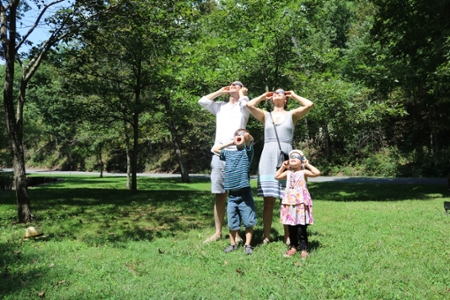People

Dr. David Minton
Associate Professor
Dr. Minton earned his B.S. degree in Aerospace Engineering from North Carolina State University in 2003. He briefly worked on hypersonic vehicle designs at the University of Maryland and the Johns Hopkins Applied Physics Laboratory from 2003-2005, but discovered that his real passion lies in Planetary Sciences.
He attended The University of Arizona's Lunar and Planetary Laboratory from 2005-2009. There, under the tutelage of Prof. Renu Malhotra, he learned about the beauty of orbital mechanics and how we can use the dynamics of small body populations to infer the history of the early solar system. He earned his Ph.D. in 2009, and then worked as a postdoctoral researcher at the Southwest Research Institute in Boulder, CO. There he worked with Hal Levison and Bill Bottke to explore the formation and early evolution of the solar system.
While in Boulder, Dr. Minton and his wife Juliet welcomed their son Leo into the world. Dr. Minton joined the Purdue University Department of Earth, Atmospheric, and Planetary Sciences in 2011. In 2013 the Minton family grew again with the birth of their daughter, Emilia. Dr. Minton and his research group work on a variety of projects involving the history of the early solar system, the formation of satellites, the cratering history of airless bodies, and the physical and dynamical evolution of asteroids and comets. When not on Purdue's campus, Dr. Minton enjoys spending time with his family.
The photo was taken during the solar eclipse of 2017 close to the center of totality, Giant City State Park in Makanda, IL.
Email: daminton@purdue.edu